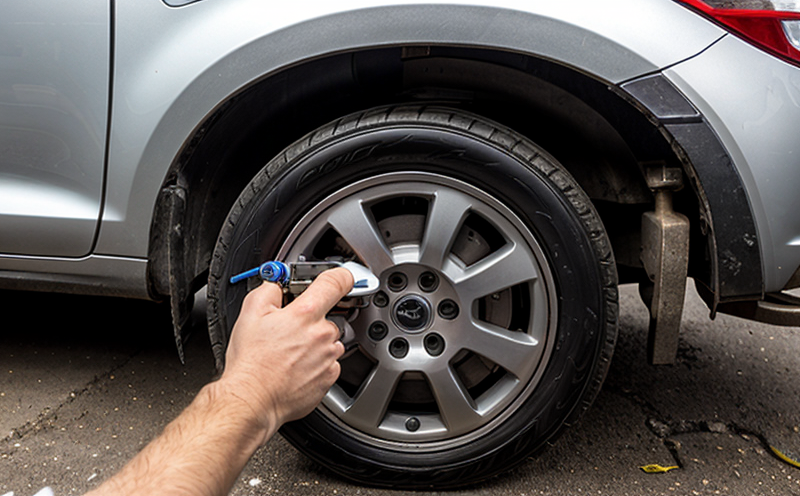Brake system inspection
The brake system is a critical component of lifting equipment and cranes. Proper functioning of this system ensures safe operation and compliance with international standards such as ISO 4306, EN 17915, and ASME B30.28. Brake systems in these applications are designed to withstand the high loads and stresses associated with heavy lifting operations. Any malfunction can lead to catastrophic failures that jeopardize personnel safety.
During a brake system inspection, we conduct thorough evaluations of all components including calipers, pads, shoes, and drums. Our team assesses the wear levels, corrosion, and any signs of fatigue or damage. The integrity of the braking mechanism is paramount for ensuring the crane's stability during lifting operations. We utilize advanced diagnostic tools to detect subtle issues that might not be visible through visual inspection alone.
The brake system's performance directly impacts the crane's operational efficiency and safety. Inadequate braking can lead to extended stopping distances, increased wear on other components, and even potential accidents. By regularly inspecting these systems, we help our clients maintain optimal performance while ensuring compliance with regulatory requirements.
Our inspection process includes detailed documentation of all findings. This report serves as a comprehensive guide for maintenance and repair activities. It also helps in planning future inspections to prevent any issues from escalating into more serious problems. The insights provided by this service enable our clients to make informed decisions about their equipment's health and safety.
In summary, brake system inspection is not just a routine task but an essential part of maintaining safe and efficient lifting operations. By leveraging our expertise and state-of-the-art technology, we ensure that your brakes remain reliable and compliant with the highest industry standards.
Scope and Methodology
| Component | Inspection Criteria |
|---|---|
| Calipers | Check for cracks, wear, and proper fit. |
| Pads/Shoes | Meter thickness, check for damage or deformity. |
| Drums | Inspect surface for grooves, grooves depth, and overall condition. |
| Hydraulic Systems (if applicable) | Pressure checks, fluid leakage detection. |
| Electrical Components | Verify continuity of circuits, check for corrosion. |
The methodology employed during brake system inspections adheres strictly to internationally recognized standards such as ISO 4306 and EN 17915. Our team follows a structured approach that includes visual inspection, mechanical testing, and functional checks. We also employ non-destructive testing techniques where necessary to ensure minimal disruption to your operations.
Our goal is to provide you with detailed insights into the current state of your brake systems. This helps in identifying potential areas for improvement and implementing timely maintenance actions. By adhering to these rigorous methods, we aim to enhance the overall safety and longevity of your lifting equipment.
Why Choose This Test
- Ensures compliance with international standards like ISO 4306 and EN 17915.
- Promotes safer operations by identifying potential hazards early.
- Aids in planning maintenance schedules to prevent unexpected failures.
- Provides detailed reports that serve as a valuable resource for decision-making.
- Supports regulatory compliance ensuring peace of mind and operational legality.
- Reduces downtime through proactive identification of issues.
- Enhances the overall reliability and performance of lifting equipment.
The importance of brake system inspection cannot be overstated. It plays a crucial role in maintaining both safety standards and operational efficiency within your facility. By choosing this test, you are investing in the long-term integrity and functionality of your equipment.
International Acceptance and Recognition
The brake system inspection is widely recognized by regulatory bodies worldwide as a critical component of lifting equipment maintenance. Organizations such as OSHA (United States), HSE (UK), and the EU have incorporated these inspections into their safety protocols.
Our service meets or exceeds the requirements set forth by these authorities, ensuring that your facility remains compliant with international standards. The insights gained from our inspections are invaluable for maintaining a safe working environment and meeting regulatory expectations.
The results of our brake system inspections can be used to justify investments in new equipment or upgrades, providing a strong case for capital allocation towards safety enhancements. Furthermore, compliance with these standards is often a prerequisite for insurance coverage, making this service not only essential but also financially beneficial.





